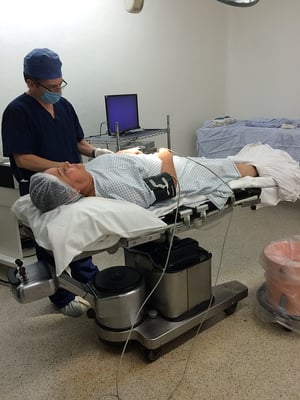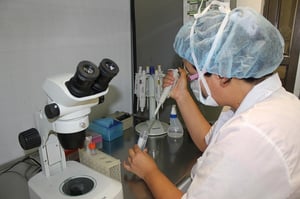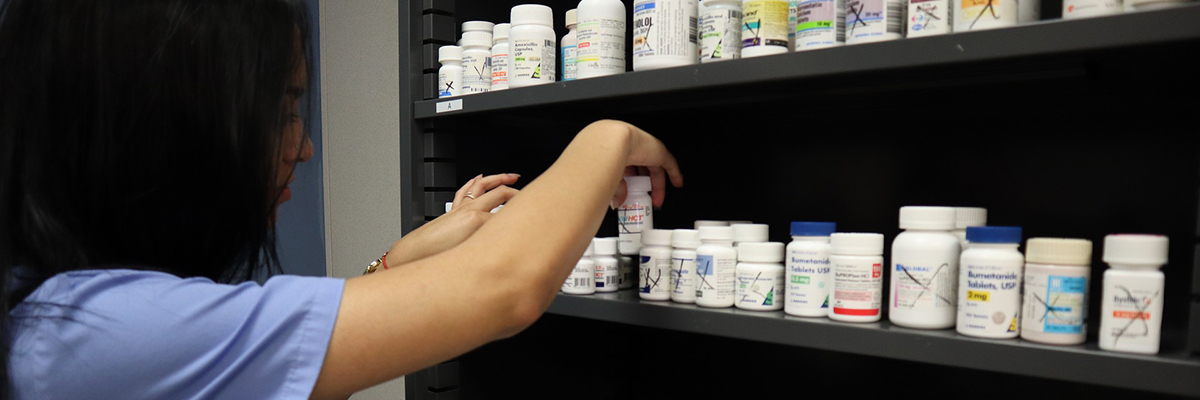Developing Better Use Specifications for Life Science Products
There’s so much work that already goes into the development of life science products before even thinking about the necessary compliance steps. This high volume of work often leads development teams to push away compliance activities until later on, which can actually lead to rework and other negative consequences. Yet one compliance avenue that can get folded into this shuffle is your product’s use specification.
Use specifications are important because they summarize the contextual use of your product. Regulatory bodies want to see this detailed in your premarket submission, as it guides how they conduct their review and what they look for in the deliverables given to them. An ineffective use specification can often result in rejection, which takes up further time to market. So how do you get ahead of this problem?
Thoroughly scoping out your life science product’s use specification has a number of moving parts. However, the three most important aspects relate to defining the product’s medical indication, understanding patients and users, and identifying use environments. Adequately evaluating and building these aspects can result in the optimization of your development work and potentially improved success in regulatory submission.
Define the medical indication
 Having a life science product’s medical indication well-defined may be one of the most critical parts of the product development process. Because it refers to the condition the product addresses—whether through screening, diagnosis, monitoring, prevention, etc.—the medical indication influences many of the further compliance activities your development teams undertake.
Having a life science product’s medical indication well-defined may be one of the most critical parts of the product development process. Because it refers to the condition the product addresses—whether through screening, diagnosis, monitoring, prevention, etc.—the medical indication influences many of the further compliance activities your development teams undertake.
Finding and naming the medical indication for your life science product can be difficult, but there are some regulatory supports you can apply. For example, FDA’s product classification database contains identification information for legally approved products. Contained within the regulation corresponding with each product type is data you can use to hone in on the medical indication of your own. And, if your organization is leveraging the 510(k) pathway and is looking for substantially equivalent products to compare yours against, this resource can be invaluable.
Know who the patients/intended populations are
Who operates or interacts with your life science product? This is a necessary question to ask when creating use specifications. The characteristics of your intended patients and users need to be incorporated, both as part of the product design and for this part of the regulatory compliance process. These can include factors such as:
- Population demographics
- Knowledge, skills, and limitations
- Occupation/work responsibilities
- Experience
- Culture/location
All of these interconnected factors influence what your product’s use specification looks like. If a user is proficient in a skill necessary to operate your product, for example, then the use specification can be geared toward them. These concerns can be restrictive at times, but they can help your teams narrow down and streamline their work accordingly.
Identify the use environment(s)
 Life science products aren’t used in a vacuum; they are utilized to maintain and improve patient health in dynamic environments. And even in an increasingly mobile world, manufacturers still need to take the use environment into account as they construct their product and its use specification. Given the risks a setting can pose to the use of a medical device, pharmaceutical, or combination product, regulators want to see these risk factors assessed and controlled during the development process.
Life science products aren’t used in a vacuum; they are utilized to maintain and improve patient health in dynamic environments. And even in an increasingly mobile world, manufacturers still need to take the use environment into account as they construct their product and its use specification. Given the risks a setting can pose to the use of a medical device, pharmaceutical, or combination product, regulators want to see these risk factors assessed and controlled during the development process.
The most ideal way to streamline the risk analysis work that comes with evaluating use environments is to have that environment clarified in the use specification. Much like understanding who your patients and intended populations are, this definition process narrows down the scope of your work and makes your risk management activities more concrete. Instead of attempting to characterize every single arena where your product could be used, singling out those where use is most likely and evaluating them accordingly not only makes your teams’ work easier, but can also go further toward satisfying regulatory expectations.
About Cognition Corporation
At Cognition, our goal is to provide medical device and pharmaceutical companies with collaborative solutions to the compliance problems they face every day, allowing the customer to focus on their products rather than the system used to create them. We know we are successful when our customers have seamlessly integrated a quality system, making day-to-day compliance effortless and freeing up resources to focus on product safety and efficacy.




